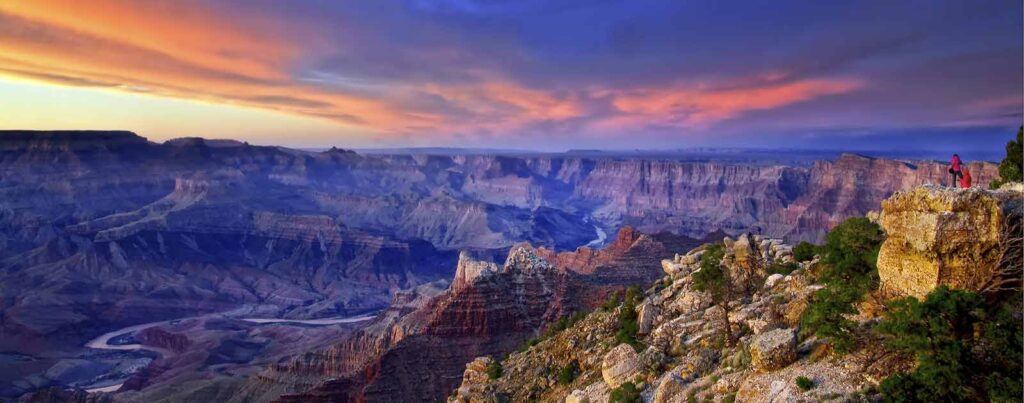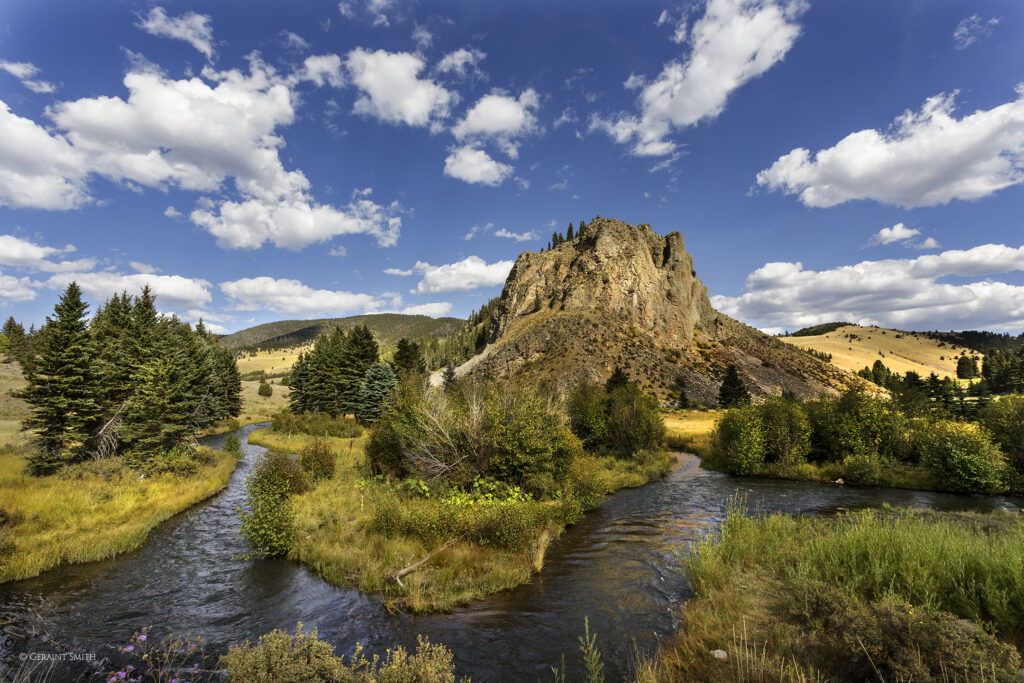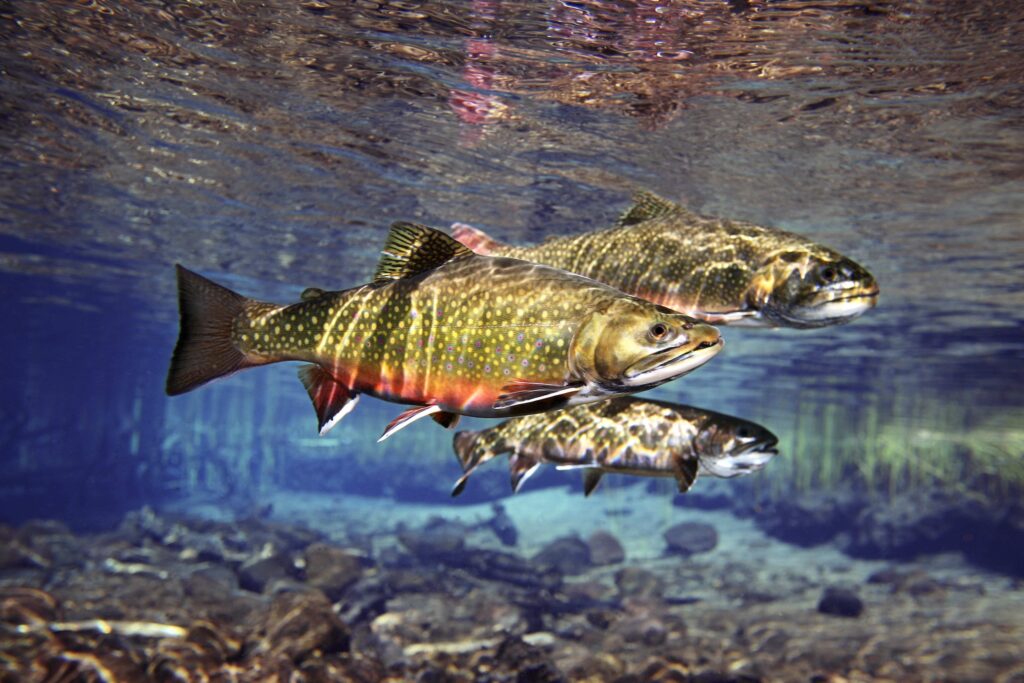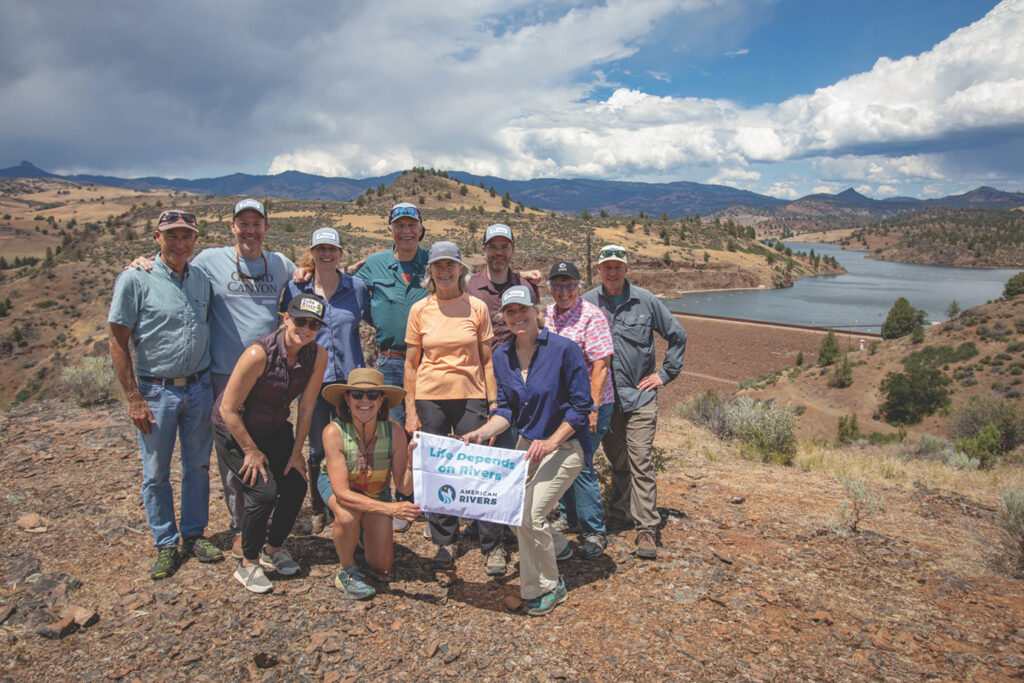
It’s one of the Seven Natural Wonders of the World, and an irreplaceable national treasure. It’s the Colorado River in the Grand Canyon, and it is the #1 Most Endangered River of 2015.
The river faces a battery of threats that could forever harm its health and the unique experience that belongs to every American. Not since dams were proposed in the 1960’s has the Grand Canyon faced such a serious attack.
[su_youtube url=”https://www.youtube.com/embed/P_KD0SBQ4YU” width=”1020″ height=”580″]
The massive Escalade construction project would irreversibly scar the fragile heart of the canyon with bulldozers, noise, and pollution. A tram from the rim to the confluence of the Little Colorado and Colorado Rivers, a hotel, restaurant, gift shop and riverside walkways would transform what has always been a wild place, sacred to many native tribes.
And that’s not all. Radioactive pollution from uranium mining threatens tributary streams of the Colorado River in the Grand Canyon. And, expansion of the town of Tusayan could deplete vital groundwater supplies, impacting the health of fragile desert ecosystems.
American Rivers and our partners at Grand Canyon Trust are calling on Secretary of the Interior Sally Jewell and the Obama Administration to use every authority to prevent damage to the river and preserve the Grand Canyon for all Americans to enjoy.
Please take action to preserve the Colorado River in the Grand Canyon for all of us, for all time.
The annual America’s Most Endangered Rivers® report is a list of rivers at a crossroads, where key decisions in the coming months will determine the rivers’ fates.
“This year’s report underscores the importance of healthy rivers to each and every American,” said Bob Irvin, President of American Rivers. “Whether it’s for clean drinking water, ample water supplies for farms and cities, abundant fish and wildlife, or iconic places vital to our heritage, we all have a stake in protecting our nation’s rivers.”
America’s Most Endangered Rivers® of 2015:
#1: Colorado River in the Grand Canyon, Arizona
Threat: Massive construction project, mining pollution, groundwater depletion
At Risk: An irreplaceable national treasure
Millions of Americans recognize the Grand Canyon as one of the most iconic landscapes on the planet. But this natural masterpiece of the Colorado River faces a battery of threats. A proposed industrial-scale construction project in the wild heart of the canyon, radioactive pollution from uranium mining, and a proposed expansion of groundwater pumping at Tusayan, all threaten the Grand Canyon’s wild nature and unique experience that belongs to every American. Unless the Department of the Interior acts to stop these threats, one of our nation’s greatest natural treasures will be scarred forever.
#2: Columbia River, Washington/Oregon
Threat: Outdated dam operations
At Risk: Healthy runs of salmon and other fisheries
The Columbia River is the lifeblood of the Pacific Northwest’s economy and environment. The river’s dams provide more than half the region’s electricity as well as flood control and irrigation, but they have also decimated the basin’s salmon and steelhead runs. As the Columbia River Treaty is renegotiated, the U.S. Department of State must put the importance of a healthy ecosystem on an equal footing with the benefits of hydropower and flood control. We can achieve this balance by releasing more water for salmon when they need it and providing fish passage beyond currently impassable dams. Since the last Treaty was negotiated a little over 50 years ago, this is an once-in-a-lifetime opportunity to do right by one of the nation’s most important rivers.
#3: Holston River, Tennessee
Threat: Toxic chemical pollution
At Risk: Drinking water supply, fish and wildlife, and recreational uses
The Holston River is rich in history and heritage, and today provides drinking water for tens of thousands of Tennessee residents, as well as water for industry, livestock, and recreation. However, the river and its communities are threatened by an army ammunition plant that has been contaminating water supplies with toxic chemical pollution for years. The U.S. Army and its Holston Army Ammunition Plant must immediately stop polluting the Holston River with harmful explosive chemicals.
#4: Smith River, Montana
Threat: Copper mining
At Risk: Water quality, nationally renowned wild trout fishery
The Smith River is one of the most cherished floating and fishing destinations in Montana. The river is home to a nationally-renowned wild trout fishery, and provides prime habitat for dozens of fish and wildlife species. The river is threatened by a huge proposed copper mine in its headwaters that could seriously degrade water quality with acid mine drainage and toxic heavy metals. The State of Montana should not permit the copper mine unless it can be designed in a way that eliminates any risk to the river’s water quality and habitat.
#5: Edisto River, South Carolina
Threat: Excessive water withdrawals
At Risk: Water supply, water quality, fish and wildlife habitat, recreation
The Edisto River is one of South Carolina’s most popular rivers for paddling, fishing, and outdoor fun. It’s also the state’s most heavily used river for irrigation, and excessive agricultural water withdrawals are threatening water quality and the water supplies of other users. While the state’s permitting process requires industrial and municipal water users to meet requirements to safeguard river health and clean water, large agribusinesses get a pass. The South Carolina House of Representatives must pass H.3564 this year to end this unfair exemption so that the Edisto, and all of the state’s rivers, can continue to provide sustainable water supplies for all, while supporting river health and recreation.
#6: Chuitna River, Alaska
Threat: Coal mining
At Risk: Native culture, wild salmon, and clean water
The Chuitna River supports Alaskan Native communities, wild salmon, abundant wildlife including moose, bear, and wolf, and excellent opportunities for hunting, fishing, and other recreation. PacRim Coal’s proposal to develop what would be Alaska’s largest open-pit coal strip mine at the Chuitna River’s headwaters poses an unacceptable threat to the economy and communities that rely on clean water and healthy salmon runs. Unless the U.S. Army Corps of Engineers denies the mine’s permit, this pristine wild river and its communities will be irreparably damaged.
#7: Rogue/Smith Rivers, Oregon/California
Threat: Strip mining
At Risk: Clean water, drinking water, wild salmon and steelhead runs, Wild and Scenic Rivers
The Wild and Scenic Illinois Rogue (OR) and Smith (OR and CA) rivers are known for their healthy salmon runs, world-renowned plant biodiversity, and outstanding recreation. However, proposed nickel mining in these rivers’ headwaters threatens their unique values. Immediate closure of the area to mining is the most effective way to help prevent the development of nickel strip mines from turning the pristine headwaters of the highest concentration of wild rivers in the country into an industrial mining zone. The U.S. Forest Service, Bureau of Land Management, and Department of Interior must withdraw this area from mining immediately to protect this wild treasure.
#8: St. Louis River, Minnesota
Threat: Copper-nickel sulfide mining
At Risk: Clean water and wildlife habitat
Minnesota’s Arrowhead region is known for its pure and abundant waters, deep forests, expansive wetlands, and recreational opportunities. However, a proposed copper-nickel sulfide mine at the headwaters of the St. Louis River, the region’s main artery, threatens drinking water, wildlife, and the treaty-protected hunting, fishing, and gathering rights of the Ojibwe people. It is critical that state and federal regulators deny permits for the mine plan because it does not sufficiently protect the St. Louis River and its communities.
#9: Harpeth River, Tennessee
Threat: Sewage pollution and water withdrawals
At Risk: Clean water, fish and wildlife, recreation
The Harpeth River is one of the few free-flowing rivers in Tennessee. It flows through one of the fastest growing regions in the country, but remains an oasis for local families, anglers, and paddlers. The river’s waters, fish and wildlife, and recreation values are threatened by sewage and water treatment plant expansions. Unless state officials require state-of-the-art technology to improve sewage treatment, the river will be overwhelmed by treated sewage pollution and public health could be compromised.
#10: Pearl River, Louisiana/Mississippi
Threat: New dam
At Risk: Healthy wetlands and wildlife habitat
The Pearl River runs through Central Mississippi and supports vital oyster reefs and marsh habitat in the Mississippi Sound. Coastal wetlands and commercial fisheries depend on the Pearl River’s flows. However, the river’s health has been compromised by the Barnett Dam north of Jackson, Mississippi. Now, a new dam has been proposed for the Pearl that would cause additional harm to river health, wetlands, and fish and wildlife habitat. The U.S. Army Corps of Engineers must reject this unnecessary and ecologically harmful new dam.




1 response to “America’s Most Endangered Rivers® of 2015”
I
Dear American Rivers,
I would like for you to investigate conditions on the Wisconsin River. Pollution from the paper industry since the 1970s had reduced dramatically. However it has sometimes been called “the hardest working river in the nation” because of the extraordinary number of dams. As the paper industry has declined in recent years, and relied less upon hydro power, it may be time to remove many of these aging dams.
Thank you for considering the wellbeing of both the Wisconsin and Fox River.
John Middleton, Mahtomedi, MN